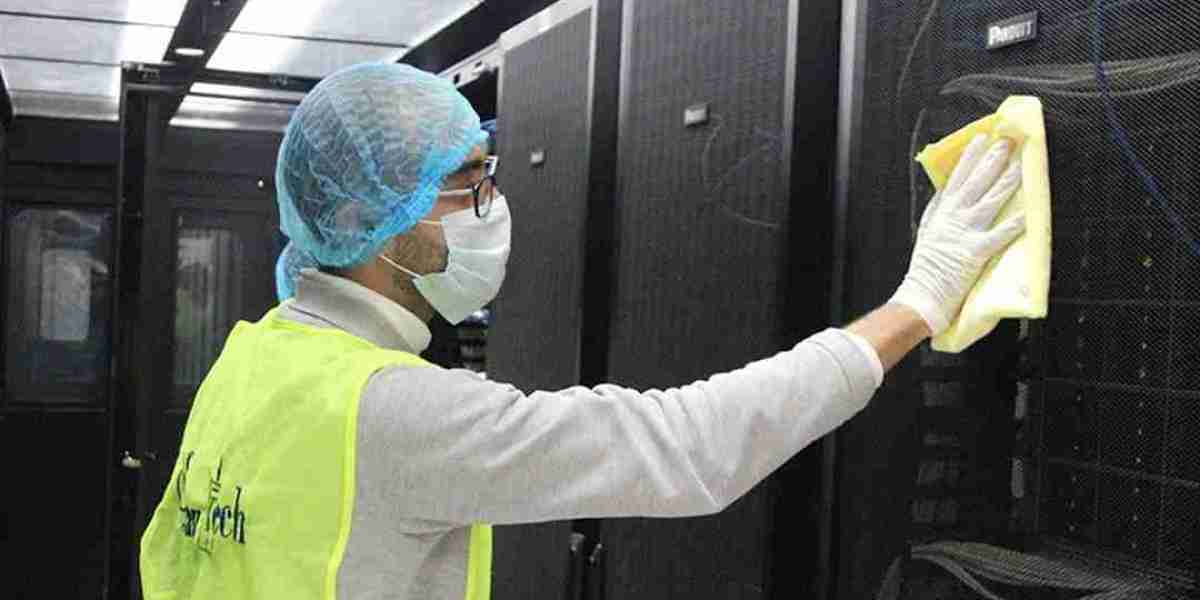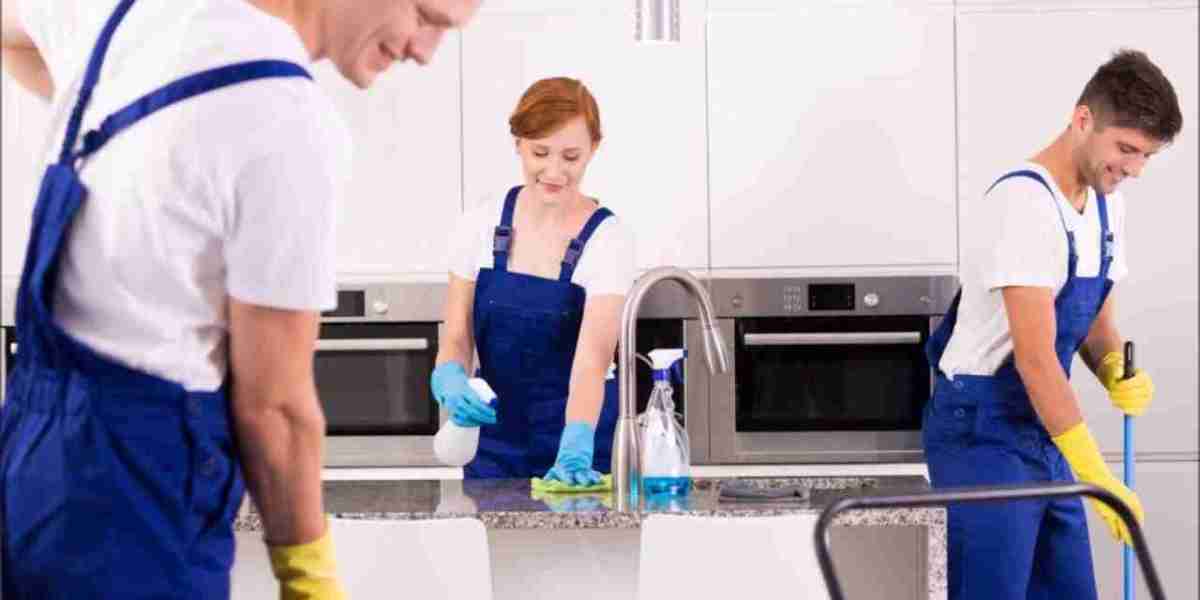Clean room cleaning is a specialised process designed to maintain a controlled environment free from contaminants such as dust, microbes, and chemical vapours. Clean rooms are commonly used in industries like pharmaceuticals, biotechnology, electronics, aerospace, and healthcare, where even the smallest particles can compromise product quality and safety.
Proper clean room cleaning ensures compliance with strict regulatory standards, protects sensitive equipment, and prevents contamination that could lead to costly failures or health risks.
Importance of Clean Room Cleaning
1. Maintaining Air Quality and Contamination Control
Clean rooms operate under strict air quality standards, with air filtration systems like HEPA and ULPA filters removing airborne contaminants. Regular cleaning ensures that these systems function efficiently and prevent particles from accumulating on surfaces.
2. Compliance with Industry Regulations
Regulatory bodies such as the ISO (International Organization for Standardization), FDA (Food and Drug Administration), and GMP (Good Manufacturing Practice) enforce stringent cleanliness standards. Regular clean room cleaning ensures compliance with these guidelines, avoiding legal and financial repercussions.
3. Protecting Sensitive Equipment and Products
In industries like semiconductor manufacturing and pharmaceuticals, even microscopic contamination can lead to defective products or compromised test results. Proper cleaning helps maintain product integrity and extends the lifespan of critical equipment.
4. Ensuring Employee Safety
Contaminants such as airborne pathogens, hazardous chemicals, or particulate matter can pose health risks to workers. Clean room cleaning reduces exposure to harmful substances, creating a safer working environment.
The Clean Room Cleaning Process
1. Pre-Cleaning Preparation
Before starting the cleaning process:
Wear Proper Protective Equipment (PPE): Clean room suits, gloves, masks, and shoe covers prevent external contamination.
Use Approved Cleaning Agents: Choose non-residue, non-corrosive disinfectants suitable for clean room environments.
Follow a Cleaning Protocol: Cleaning should proceed from the least to the most contaminated areas, typically from ceilings to walls, then floors and equipment.
2. Cleaning Techniques and Procedures
Surface Cleaning
Ceilings and Walls: Wipe down surfaces using lint-free microfiber cloths and an approved disinfectant.
Floors: Use HEPA-filtered vacuums and damp mopping with clean room-approved detergents.
Work Surfaces and Equipment: Clean all high-contact areas with disinfectant wipes or sterile alcohol solutions.
Air Filtration System Maintenance
Inspect and replace HEPA and ULPA filters as required to maintain air quality.
Ensure that airflow systems remain unobstructed and operate at optimal efficiency.
Waste Disposal
Dispose of contaminated materials in sealed, labelled bags to prevent particle dispersion.
Follow industry-specific hazardous waste disposal regulations.
3. Routine Inspection and Monitoring
Perform regular audits to check for contamination levels and adherence to cleaning protocols.
Use particle counters and microbial testing to monitor air and surface cleanliness.
Document cleaning schedules and corrective actions taken to ensure compliance.
Best Practices for Effective Clean Room Cleaning
1. Train Personnel Regularly
All staff members must be trained in proper clean room cleaning techniques, contamination control, and emergency procedures to minimise risks.
2. Use Clean Room-Specific Cleaning Tools
Microfiber mops and wipes reduce particle shedding.
HEPA-filtered vacuums prevent airborne contamination.
Sterile, low-lint wipers ensure thorough cleaning of sensitive areas.
3. Follow a Cleaning Schedule
Daily Cleaning: Surface wiping, floor mopping, waste disposal.
Weekly Cleaning: Detailed equipment cleaning, air filtration system checks.
Monthly Cleaning: Deep cleaning of walls, ceilings, and storage areas.
4. Maintain a Controlled Environment
Monitor humidity and temperature to prevent microbial growth.
Minimise movement to reduce the spread of contaminants.
Implement airlock entry systems to reduce external contamination.
Conclusion
Clean room cleaning is a crucial aspect of contamination control in high-precision industries. By following proper cleaning procedures, using the right equipment, and adhering to industry standards, businesses can maintain a contamination-free environment, ensure regulatory compliance, and protect both products and personnel. Regular training and routine inspections further enhance the effectiveness of clean room maintenance, making it an indispensable practice for achieving operational excellence.




